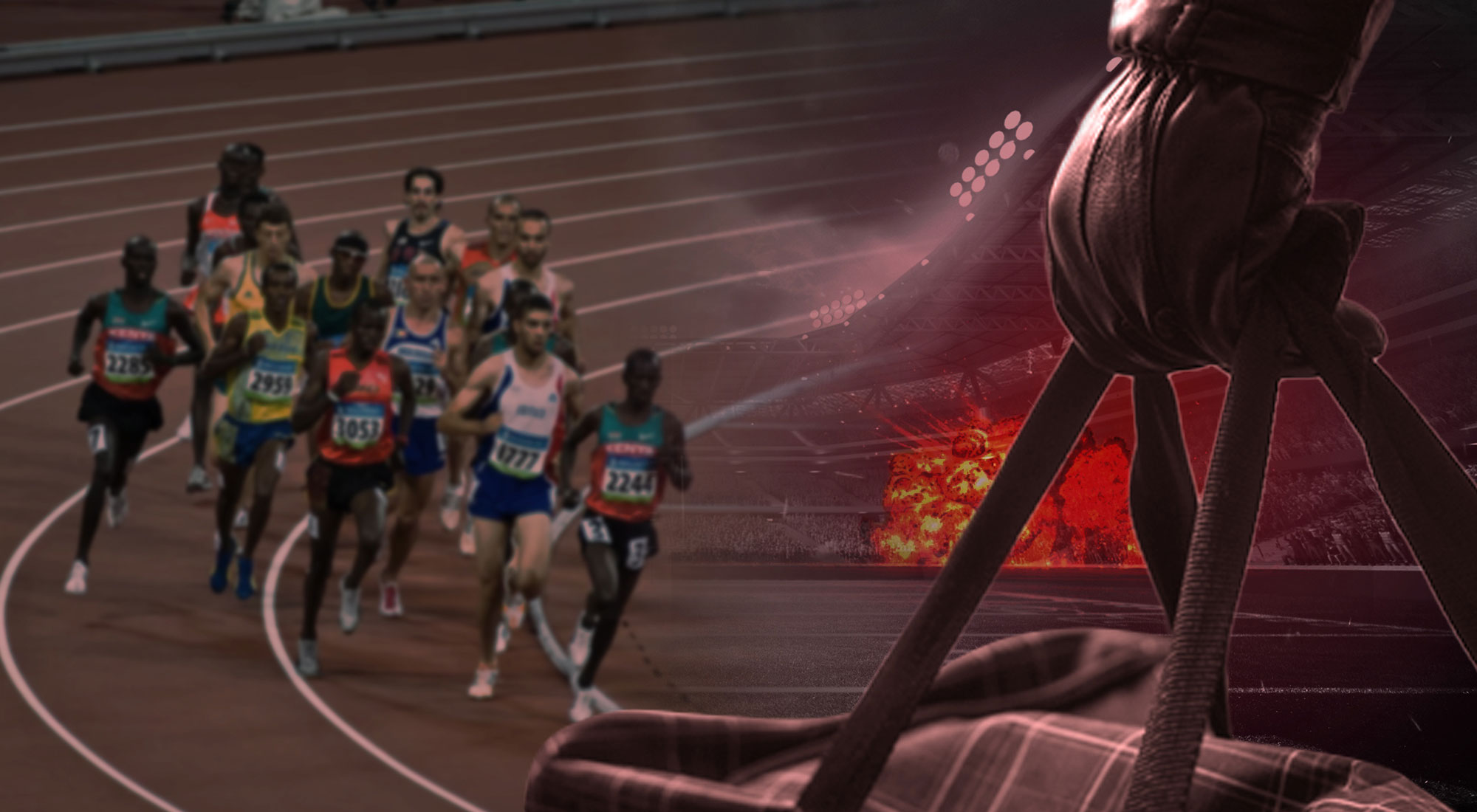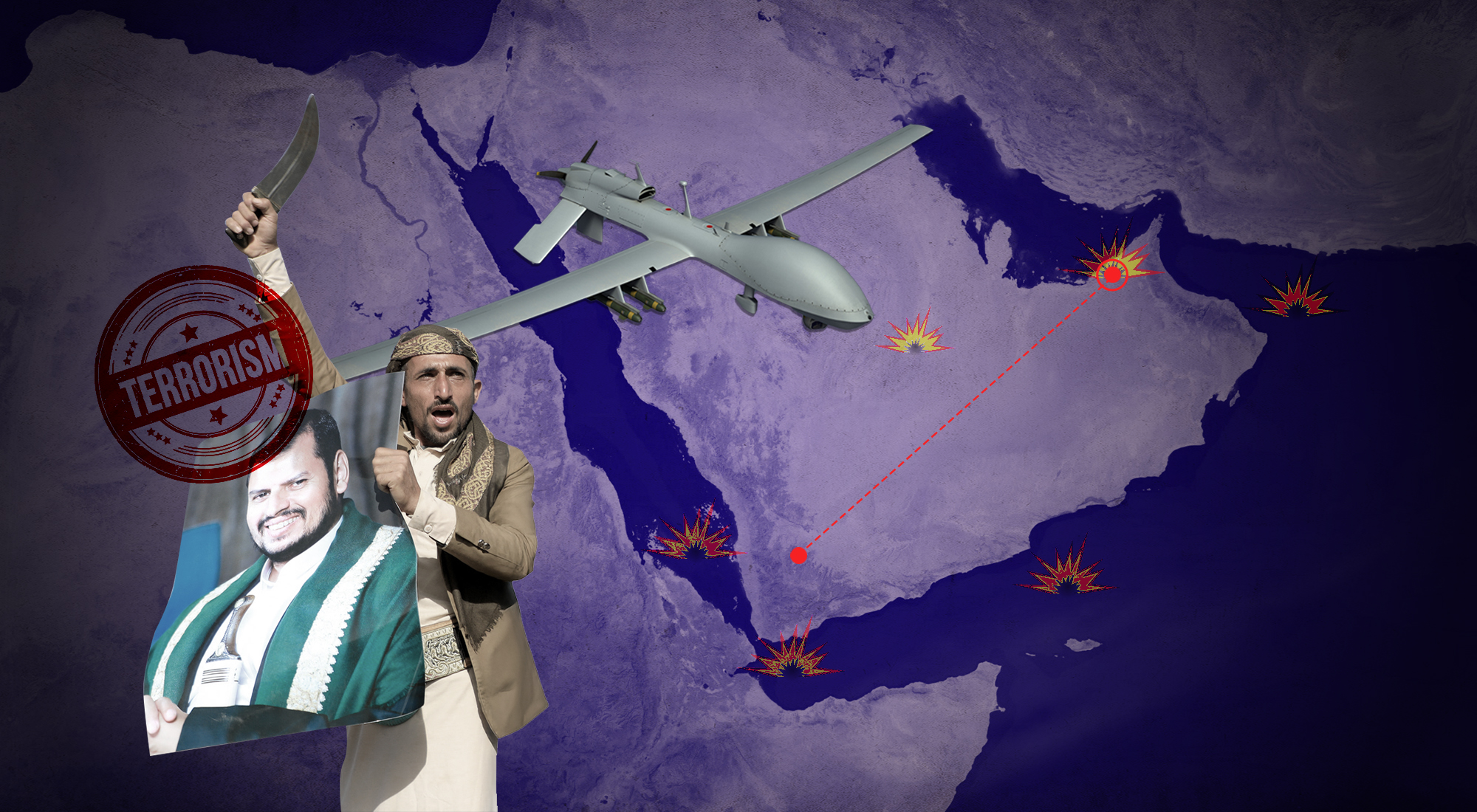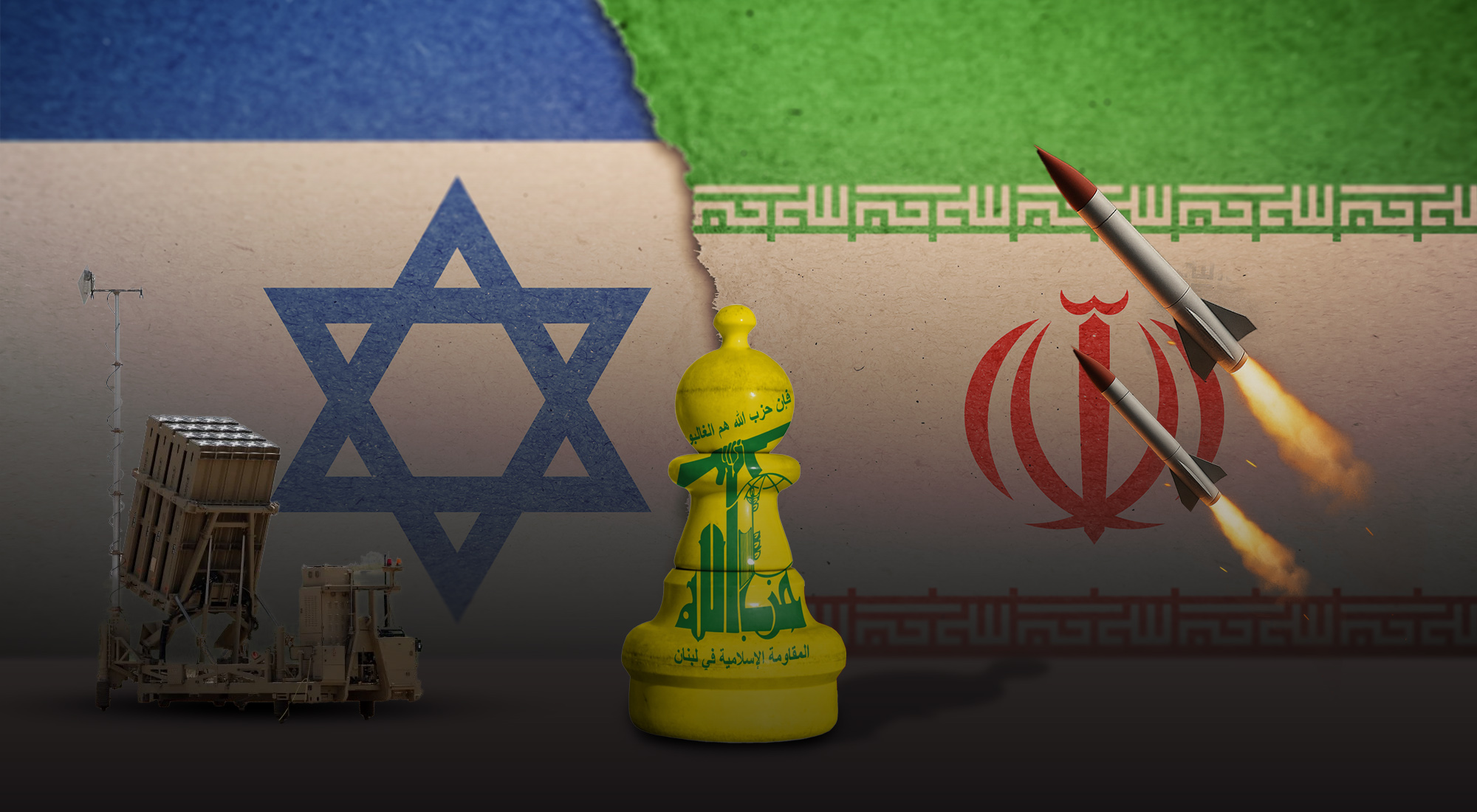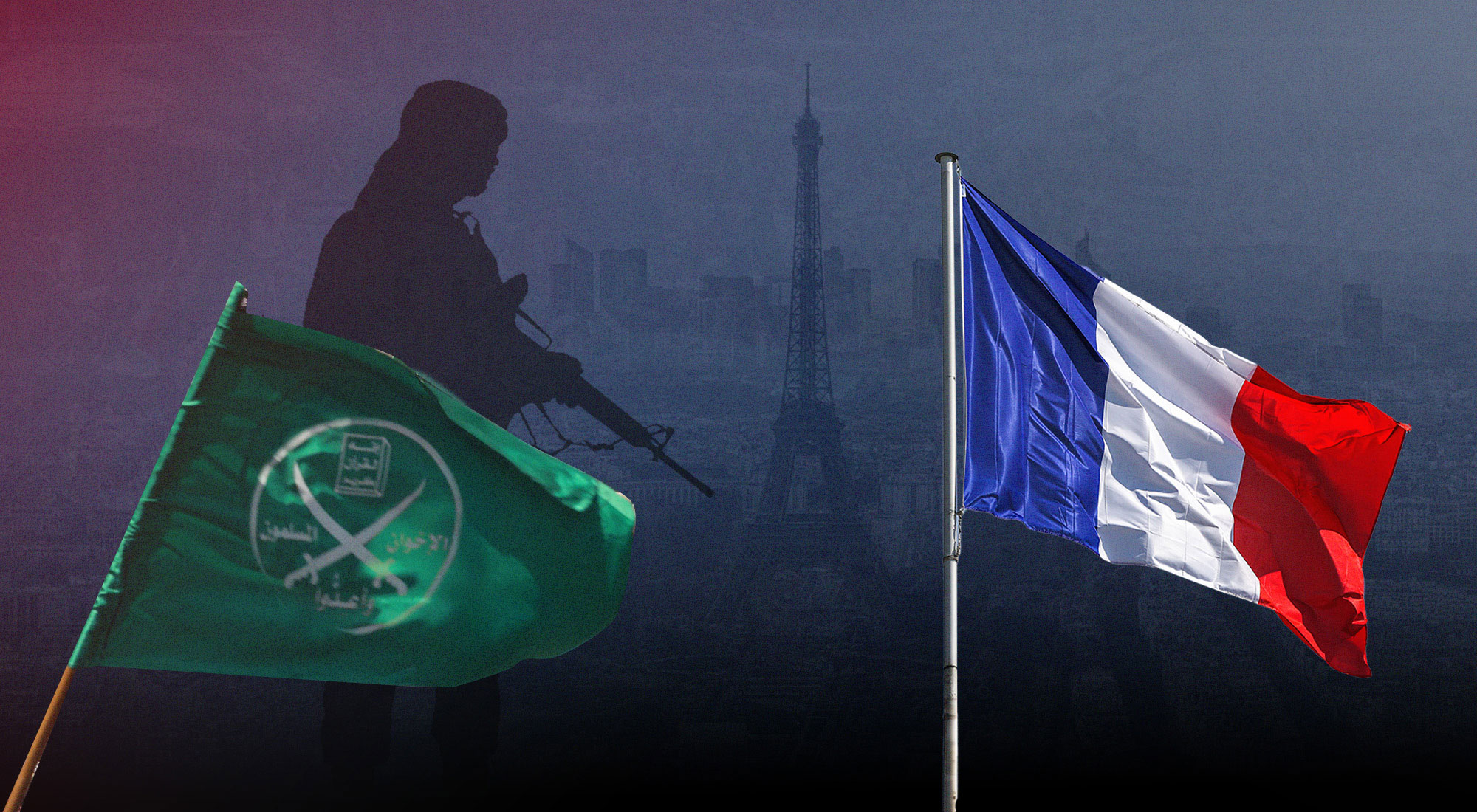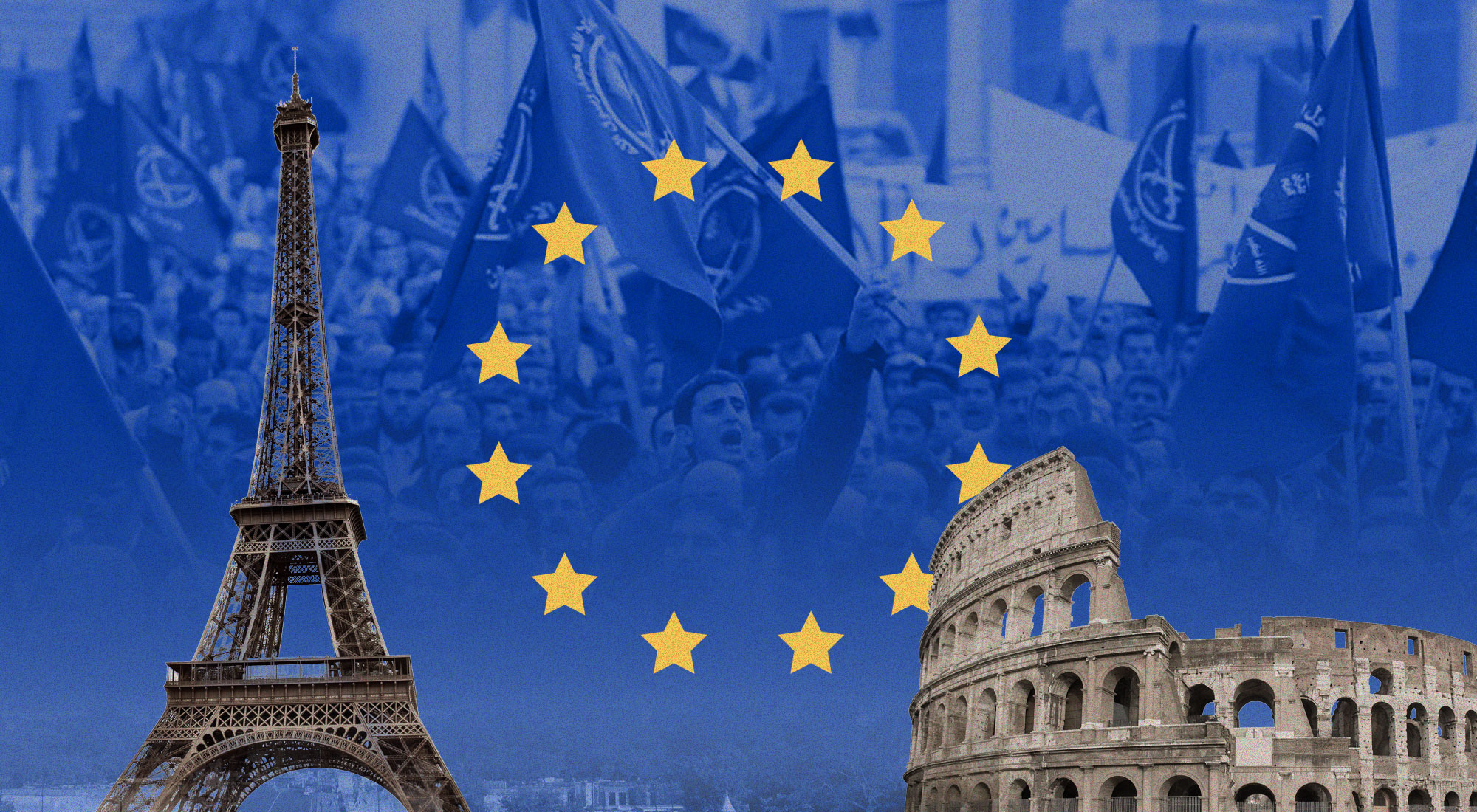The Olympic and FIFA World Cup competitions are two of the most popular international events in the world, drawing millions of competitors and spectators alike. They are not only athletic spectacles, but they also serve as displays of unity among various nations, the pride of individual countries, and the cooperation of countries of the world. These events are ideal platforms for countries to showcase their feelings and soft power on the international level, as they have the potential to go viral and attract people’s attention. However, due to their nature and the worldwide coverage that such events receive, video groups are drawn to them in an attempt to use the significance and attention that sports bring to further their own goals.[1] For terrorists and extremists, which are associated with ISIS, Al Qaeda, and far-right-wing groups, these events provide opportunities to orchestrate attacks capturing global attention. As people gather in large numbers, and additional factors include media and political figures, there are more assaults compared to normal events.
Extremely violent offenders aim to dismantle the symbol of unity that such events display and instill fear in people to further their political, religious, or other forms of agenda. These relate to targeting high-profile sporting events where these groups aim to gain the most attention exposure and use the occasion to air their grievances. For global stability, the topic of violent extremism prevention is crucial, particularly during major sporting events. In light of dampening terror threats around the world, security measures have to be raised to a level that the magnanimity of the tennis event will not only protect the lives of athletes and officials, not to mention the spectators, but also replace the feeling of insecurity that terrorism creates.[2] Failing to provide the appropriate security measures, such events turn into theaters for violence instead of a celebration of human endeavor.
Historical Overview of Terrorism in Sports Events
In the past, spectator sports have been identified as terrorism’s favorite target because of the reason that terrorists crave attention, and usually, the events are iconic. One can recall several horrific acts committed by terrorists that come to mind. For instance, during the 1972 Munich Olympics, members of the Palestinian group Black September captured Israeli athletes and killed eleven of them. This incident, which was well-known as the Munich Massacre, greatly embarrassed the nation and exposed major events vulnerable to terrorist attacks. The incident also paved the way for changes in counter-terrorism measures, especially with regard to the global scope of the events. Another well-known example is the 2015 terrorist attack in Paris that occurred at the Stade de France. ISIS also planned attacks in Paris, including the one outside the stadium while France was playing a football match against Germany, where attackers used explosive devices.[3] In this attack, ISIS demonstrated its ability to carry out such assaults on high-profile sports events, and therefore, there was a greater call for the management of security during such events.
The far-right’s inclination toward sports events has also been explained by past events. These groups have used major events sometimes to further their parochial, nationalist and local agendas. These groups turn to these platforms to spread their narratives based on this divide-and-rule method, where they want to create as much rift as possible in whichever group they are targeting. During the 2018 World Cup, militant groups intended to carry out terrorist attacks in several countries in Europe, but several of their plans were foiled by intelligence and security services. The attack on sporting events demonstrates the existence of extremism worldwide, and organizations like ISIS, Al Qaeda, and the far-right wing recognize the value of sports events.[4] Because they want to tamper with the unity and balance that sports symbolize, preventing such attacks is a complex issue for governments and security agencies all over the world.
Reasons Behind Targeting Sports Events
Sports events like the Olympics and the World Cup represent the nation’s pride, unity, and cooperation across the world. They represent a rather symbolic coming together of nations or civilizations to celebrate talent and fair play. Extremist groups, whether religious, political, or ideological, recognize this symbolism and see it as an opportunity to attack what these events represent: the three principles—unity, peace, and cooperation. These are events in which the extremists try to spread hatred that destroys the very essence of the connection between nations and cultures. Social or major sports events receive extensive media coverage, and extremist groups can use this platform to disseminate their ideologies. Today’s world is full of constant coverage from multiple news outlets and rapidly expanding social media networks: an attack on a sports event can be seen by millions of people instantly.[5] This level of publicity is beneficial for terrorist organizations since their main intention is to be televised and be informed that their actions are being watched. Such attacks serve the dual purposes of drawing attention from the international media and inciting fear and chaos among a large population, which is often the intention of such cells.
In addition to symbolic disruption, attacks on sports events have an impact on the economy. Many tourism-related economies rely heavily on safety and security to carry out major events and as a result, they suffer a decline in the event of terrorism. It is because acts of extremism breed terrorism, which in turn hurt economies by negatively affecting the travel and tourism industry. The effect can be observed even after the event has taken its toll since security issues always arise.[6] They did point out, however, that both far-right and far-left groups tend to keep promoting their ideologies during major events. Whereas the more extreme right wing may try to aggravate racial and religious conflicts, the opposite extreme left-wing groups may protest issues like globalization and anti-capitalism. The two cases illustrate how international coverage of sporting events can be used as a useful tool to both highlight and legitimize extremism.
Challenges in Preventing Attacks at Major Sports Events
Recent events have shown that major sports events pose some distinct problems to security agencies as they are easy targets due to their massive nature and usually attract a lot of viewership. The best efforts are also not enough because there are still weak points in security, with the help of which a criminal attack can be carried out. For instance, when using security forces like the police and the military to guard the event venues, one is not in a position to mobilize sizable crowds in multiple locations at the same time. However, even the greatest and most advanced surveillance systems can fail to cover wide areas and spot threats in real time.[7] Moreover, crowd management during such events entails hardship since crowds are large and usually uncontrollable, creating several risks that are hard to control. Intelligence gathering and threat assessment during these occasions also pose major challenges.
This is because intelligence agencies seek to distinguish threats from a deluge of potential leads and information, especially when dealing with a new kind of radicalization that could arise via social media or seclusive groups. This makes preemptive action difficult, and due to the magnitude of the major events, the lapses in intelligence can potentially result in serious consequences. The second problem area is inter-organizational coordination because, more often than not, large-scale sports events attract participants, employees, and guests from other countries. This needs the integration of security forces as well as intelligence organizations from different countries, and this is no laughing matter because juridical competency, legal systems, and diplomatic relations between countries may be different. Aspects of operations, including information sharing across countries or extradition of suspects from various countries, slow down response to newly evolving threats.[8] While maintaining smooth cooperation of international actors in the context of possible attacks remains a challenge all the time, the problem is acute in the sphere of divergent legislation and practices.
A major issue is that technological barriers also affect security work. Being innovative, these groups have, therefore, embraced the use of new technologies in managing their affairs, particularly in communicating their planned actions without interference. Modern technologies such as private encrypted messages and the dark web hinder agencies from tapping into messages in real time. Moreover, drones and other emergent SOC technologies, as well as new technologies in general, have become threats.[9] Still, potential enemies could use drones to carry weapons, monitor crowds, or take aggressive action, which adds another task for the security forces involved in the protection of events, namely eliminating the risks created by unmanned aerial vehicles while avoiding harm to people or other participants.
Case Studies of Targeted Attacks
Possible terrorist acts on significant sporting activities and events are frequent, and numerous attacks by extremists demonstrate the latter point. These incidents demonstrate not only the intensity of the stalking but also the lessons learned from the failures in past events. This led to one of the most well-known attacks, the 1972 Munich Olympics. During this event, members of the Palestinian militant group Black September captured 11 Israeli athletes and held them hostage in a very traumatic situation in which all the hostages were killed. The group aimed to bring people’s attention to the Palestinian issue as the Olympics provided exposure. The attack pointed out the weaknesses of security measures in events and became a precursor to higher anti-terrorism measures in global sports events.[10] This tragic event shaped the course of future Olympics as well as other major conferences, the deployment of more detailed security measures, information sharing, and anti-terrorism task forces for large gatherings around the world.
Another serious example is the Boston Marathon attack in 2013, when two brothers, Tamerlan and Dzhokhar Tsarnaev, planted two pressure cooker bombs close to the finish line, which killed three people and wounded more than 260. Inspired by extreme Islamist ideology, the Tsarnaev brothers intended to avenge the American action in Muslim nations. The actual act of bombing revealed the issues of homegrown terrorism and highlighted the problems of the lack of information and understanding of how and who in the local communities has turned into a terrorist.[11] The attack was an eye-opener on the risks associated with open, public sporting activities and prompted more attention to local measures and counter-terrorism intelligence, design and implementation, as well as community counter-terrorism policing.
The Stade de France attack in 2015 was part of the coordinated terrorist attacks in Paris carried out by ISIS. Some of the attacks were on the stadium during the soccer match between France and Germany, and the others were all over the city. The purpose was to instill fear in the French population as a reaction to France’s military engagement in the Syrian and Iraqi civil wars. The Stade de France attack also demonstrated the potential of ISIS to gain approval for large-scale and sundry operations in a large metropolis.[12] As a result, French and international security forces strengthened their counter-terrorism measures concerning the threat identification, prompt reaction, and safeguarding of non-secure or potential large event locations such as stadiums.
Counter-Terrorism Measures in Sports Events
In light of the continued threat of terrorist activities that have targeted most probably the biggest sports events, an advancement in countering terrorism has taken place. Technology is central, and AI and biometric surveillance are widespread among organizations and commonly used. AI-based surveillance is able to process large quantities of data of the participants in real time, especially when it concerns security threats. Lesser-known biometrics like facial recognition increase security by ensuring those with unauthorized access do not enter secure zones, thus reducing insider risks.[13]
These have also increased preventative measures through enhancements in intelligence and the formation of multinational task forces. There is nothing as crucial as teamwork among international security agencies when it comes to confronting emerging threats. These task forces are equipped with mechanisms that facilitate effective communication transitions between different states and enable prompt responses in the event of an emergency. Modern principles of event management include frequent risk analysis, the use of several layers of protection, and the development of an emergency plan.[14] Security officers are taught ways of reducing risks that may be present, such as sealing off entry and exit points and practicing evacuation tactics in case of emergencies. Through the incorporation of these high technologies and teamwork, the vulnerability of sports events to violent extremism can be prevented, hence preserving the lives of athletes and fans.
We conclude that the sophisticated changes regarding major sporting events indicate that violent extremist organizations continue to pose a significant threat. Taken from key findings, it is shown that above and beyond, technology is advancing, international cooperation is strengthening, and security threats are diversifying. The terrorists have used technology in their operations, and hence, counter-terrorism requires innovation in the use of technologies such as artificial intelligence in surveillance, biometric tracking systems, and intelligence sharing. Future challenges, however, will include how quickly these groups can adopt new technologies and how to deal with the challenges of maintaining global collaboration. To prevent such heinous incidents in the future, the following actions should be taken: investments in security solutions should be maintained, threat analyses should be extensive, and international cooperation should be embraced.
[1] Spaaij, R., “Terrorism and sport,” In Research Handbook on sports and society, 2021, 366-378.
[2] Djoric, M., “Challenges faced by young scholars in researching extremism,” The Policy of National Security, 2022, 7-21.
[3] Toohey, K., and T Taylor, “Mega events, fear, and risk: Terrorism at the Olympic Games,” in The Olympics, 2023, 329-343.
[4] Scharpf, A., C. Gläßel, and P Edwards, “International sports events and repression in autocracies: Evidence from the 1978 FIFA World Cup,” American Political Science Review (2023), 909-926.
[5] Koronios, K., A. Travlos, J. Douvis, and A Papadopoulos, “Sport, media and actual consumption behaviour: An examination of spectator motives and constraints for sports media consumption,” EuroMed Journal of Business (2020), 151-166.
[6] Zarei, A., and H Ramkissoon, “Sport tourists’ preferred event attributes and motives: A case of Sepak Takraw, Malaysia,” Journal of Hospitality & Tourism Research (2021), 1188-1213.
[7] Zhao, L., “Event prediction in the big data era: A systematic survey,” ACM Computing Surveys (CSUR) (2021), 1-37.
[8] Ludvigsen, J. A. L., and J. W Hayton, “Toward COVID-19 secure events: Considerations for organising the safe resumption of major sporting events.” Managing Sport and Leisure (2022), 135-145.
[9] Jain, A. K., and B. B Gupta, “A survey of phishing attack techniques, defence mechanisms and open research challenges,” Enterprise Information Systems (2022), 527-565.
[10] Blumenau, B., “The Legacy of Munich 1972. The Munich Massacre and its place in the history of terrorism,” 2022.
[11] Sánchez, C. E., and L. D Sánchez, “Case study: emergency department response to the Boston Marathon bombing,” Operational and medical management of explosive and blast incidents (2020), 363-367.
[12] Soussy, N., L. Dufayet, C. Rey-Salmon, and C Gorgiard, “The attack on November 13, 2015: organisation of the medico-judicial unit of the Hôtel-Dieu Hospital in Paris,” Forensic sciences research (2020), 232-235.
[13] Michalski, D., A. M. Radomyski, and P Bernat., “Review of Counter-Terrorism Systems during Summer Olympic Games in the 21st Century,” Torun International Studies (2023), 5-24.
[14] Korstanje, M. E., “Event Management and Terrorism in a Global Order: A Preliminary Insight,” in Legal, Safety, and Environmental Challenges for Event Management: Emerging Research and Opportunities (2020), 103-118.



